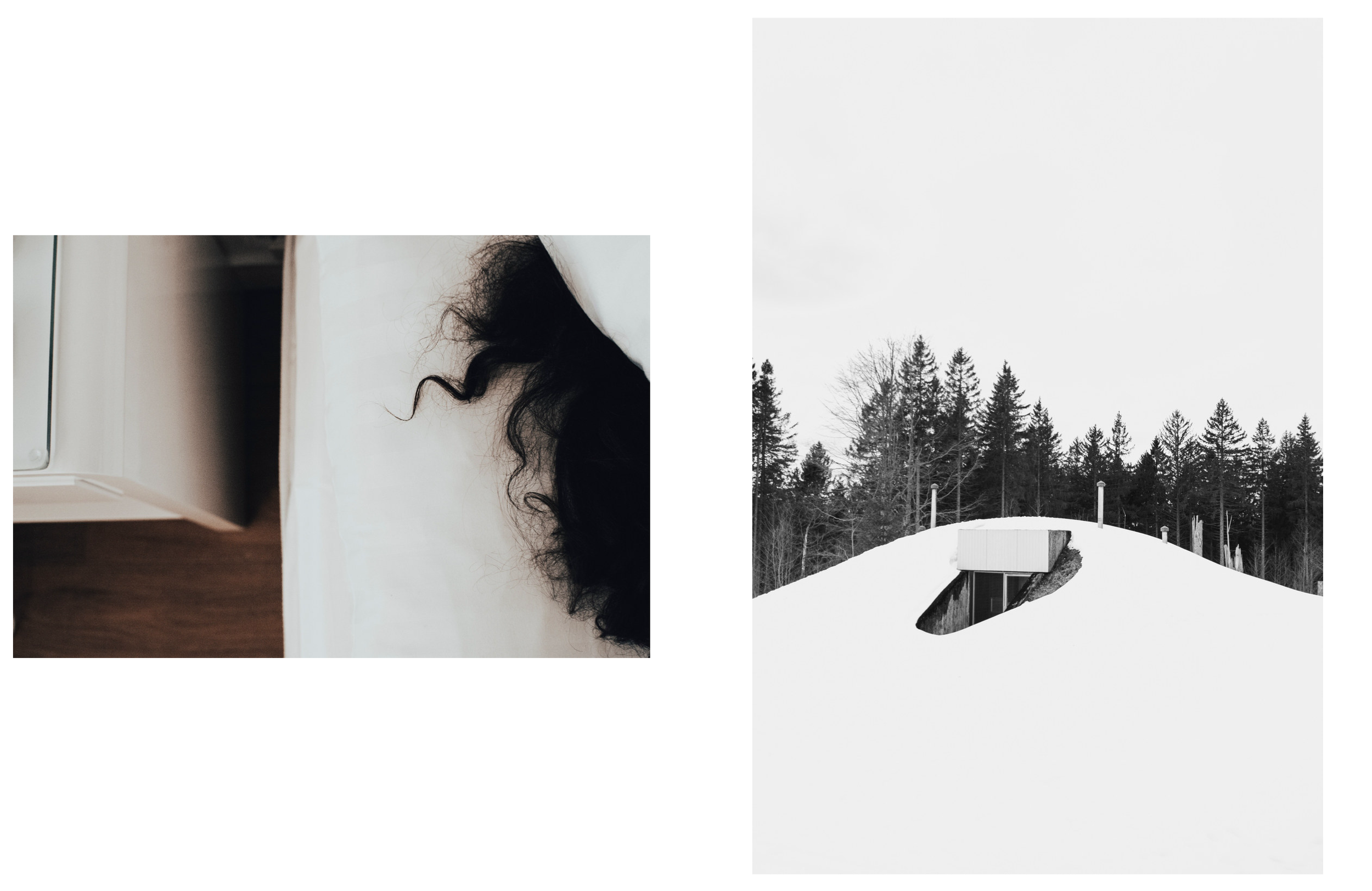Dare to Diverge
Recently, I presented my series "Todtnauberg" to a gallery that initially seemed enthusiastic, like a wanderer catching sight of a clearing in the distance. Their eyes sparkled, their words flowed smoothly, and we seemed suspended in the breath of a shared understanding. But as reflection gradually overtook intuition, a distance emerged. They murmured that the series might be "too conceptual," that it risked getting lost in heights where few spectators would dare to venture. And I asked myself: how far can one push artistic audacity before crossing the threshold of the incommunicable?
The Fragile Balance Between Boldness and Reception
Taking risks often means stepping off well-trodden paths to venture into the unknown. It’s walking along cliff edges, exploring zones where the light barely filters through. But in this pursuit of novelty, there’s the danger of losing those who follow from a distance—spectators who are willing to look but hesitate to dive in. With "Todtnauberg," I chose to unroll a tightly woven conceptual thread, a line stretched taut between idea and image. It demanded an almost contemplative focus to remain in view. The gallery, however, seemed to be seeking a sturdier bridge, a wider path where crowds could flow without effort.
Galleries: Gatekeepers or Guides?
Galleries, those sanctuaries of the ephemeral, oscillate between two roles. At times, they act as guides, weaving delicate connections between artist and audience. Other times, they become gatekeepers, deciding what can and cannot cross their thresholds. When they deem a work too demanding, they often opt for caution, a stance reflecting market realities more than creative ones. But then, what becomes of audacity? Is it doomed to isolation, to the lonely echoes of alternative spaces?
The Broken Skulls of Art
Throughout history, art has often advanced at the cost of fractures. Those who dare rarely do so unscathed, but their ruptures sometimes carve the furrows of a new landscape. Audacity is not a whim; it is necessary, vital. Without it, everything stagnates. With "Todtnauberg," I wasn’t aiming to please but to resonate. It’s a solitary path, certainly, but it carries the promise of a renewed gaze, a different breath.
Finding the Silence That Listens
Art doesn’t always need a broad audience. Sometimes, a handful of glances, a few minds willing to follow the same trace—even if it quickly vanishes into the snow—is enough. "Todtnauberg" will find its space, far from the noise, perhaps in a place where echoes know how to wait. There are thematic exhibitions, intimate dialogues with smaller audiences, opportunities that could open up. After all, understanding isn’t always immediate. Sometimes, it germinates slowly, like lichens on cold stones.
Conclusion: Dare to Diverge
The experience with this gallery taught me that "too conceptual" is not a fault but a stance. How far should one go in taking risks? Far enough to feel honest with oneself, to carve a path even if it’s not followed. In a world where everything accelerates, choosing slowness and mystery is already an act of resistance. Audacity isn’t measured by its success but by the depth of its impulse.

